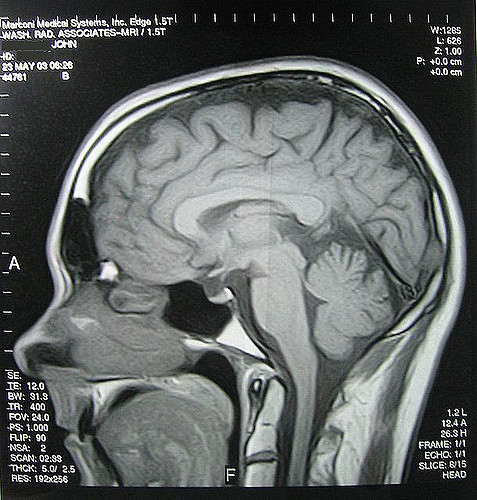Radiation therapy is a treatment option for patients with brain cancer. Its purpose is to destroy the brain tumor or attempt to stop its growth. Radiation is usually used on tumors that are unable to be surgically removed. However, radiation is unable to differentiate between tumor cells and healthy brain cells and causes damage to both. Radiation therapy depletes the supply of oligodendrocytes, cells that produce an important protective coating around neurons called myelin.
Image Source: Image Source
A research team led by neurosurgeon Viviane Tabar, MD, and research associate Jinghua Piao, PhD, of the Memorial Sloan Kettering Cancer Center in New York City, looked at stem cells as a possible way of replacing the lost oligodendrocytes. They successfully managed this by growing stem cells (either embyronic or taken from skin biopsies) in the presence of specific growth factors and other molecules that are needed to form oligodendrocytes.
The researchers then treated rats that were given brain radiation therapy with the lab-grown oligodendrocytes. After injecting the cells into certain parts of the brain, researchers found evidence of brain repair; lost cognitive and motor functions were restored. Furthermore, the treatment did not result in any tumors or the growth of any unexpected cell types in the animals, indicating the the procedure was safe.
The results of the study suggest that stem cells could be a solution to the cognitive problems caused by brain radiation therapy, but further research is still required.
Being able to repair radiation damage could imply two important things: improving the quality of life of survivors and potentially expanding the therapeutic window of radiation. This will have to be proven further, but if we can repair the brain effectively, we could be bolder with our radiation dosing, within limits.
– Dr. Viviane Tabar
Feature Image Source: Headcase by John M










